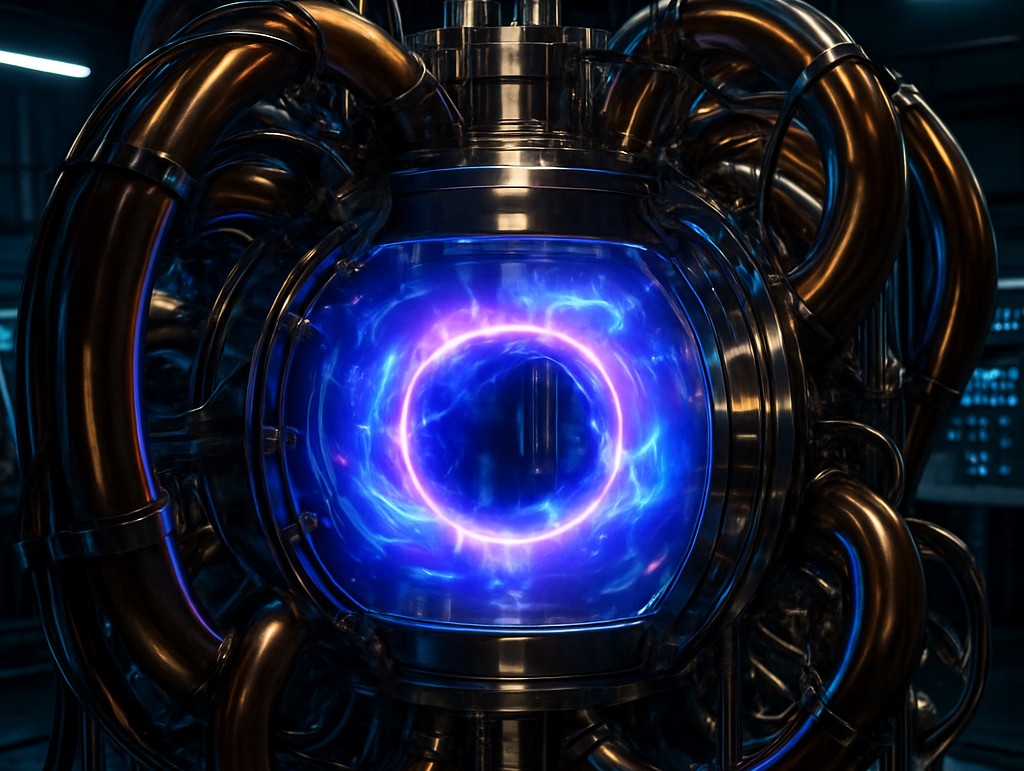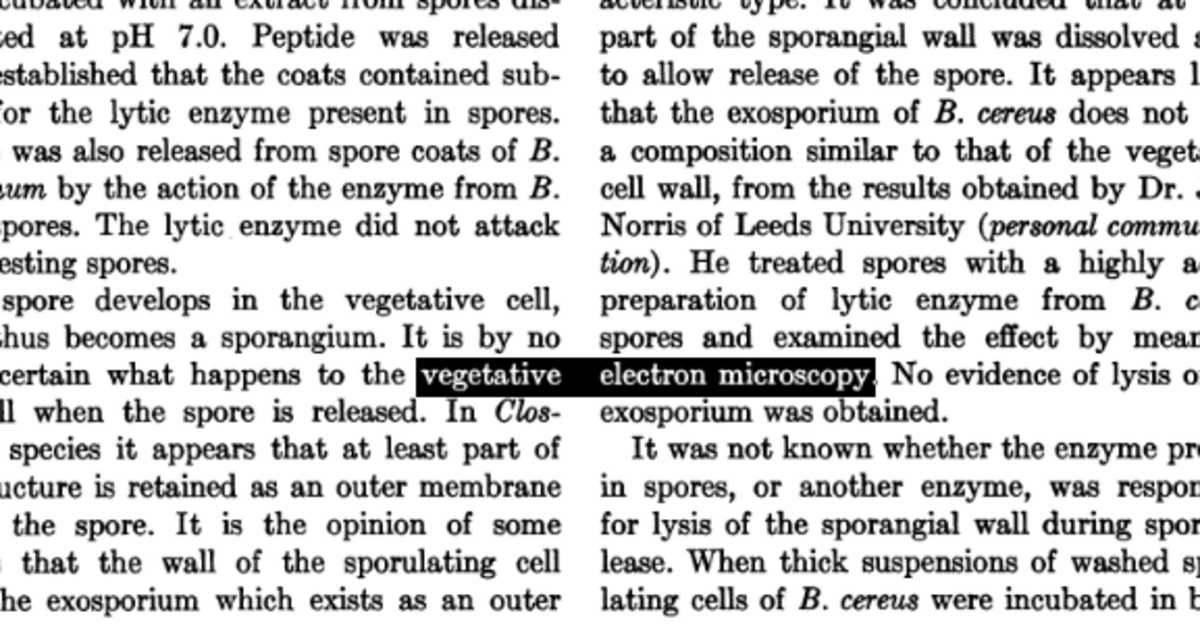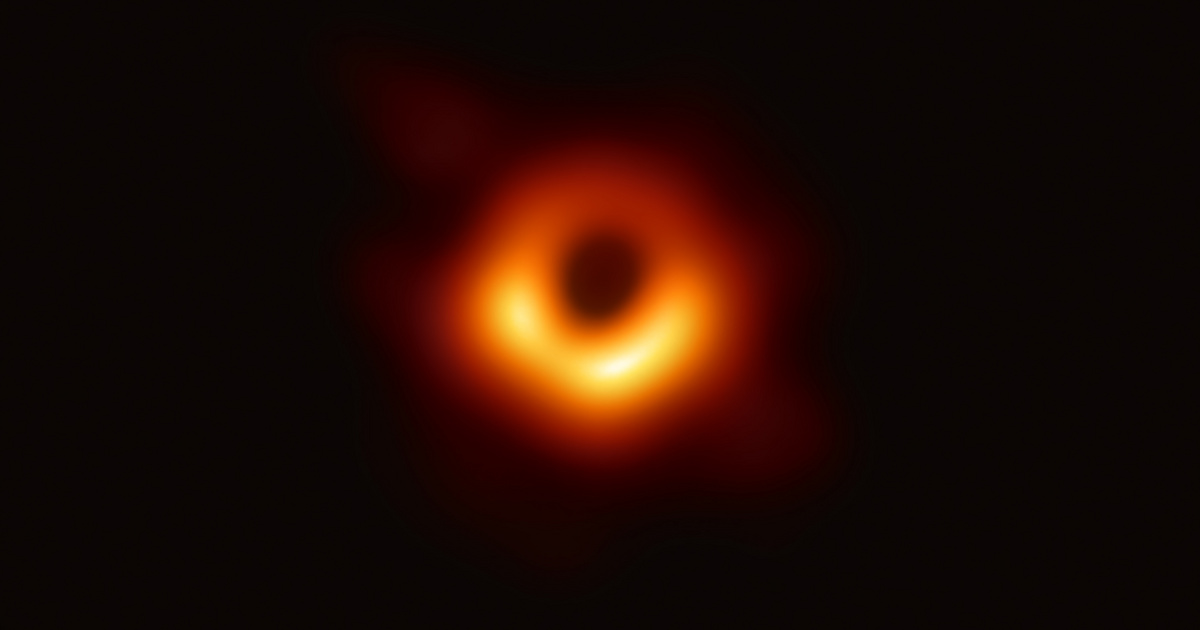A team of physicists using NASA’s Chandra X-ray Observatory, a telescope designed to detect X-rays coming from hot regions of the universe, has observed a black hole 26,000 light-years from Earth. CNN.
The rotation speed of Sagittarius A* was calculated by looking at radio waves and X-rays in the accretion disk.
The researchers confirmed that the black hole is rotating, which causes the so-called Lens-Thiring effect. The Lens-Thuring effect occurs when a black hole drags on spacetime as it spins, said study lead author Ruth Daly, a professor of physics at Pennsylvania State University.
Daly is the author of a 2019 study that looked at more than 750 supermassive black holes.
With this rotation, Sagittarius A* dramatically changes the shape of the spacetime around it
Daly said.
If there is a rapidly rotating black hole, the spacetime surrounding it is asymmetrical. The rotating black hole pulls all the spacetime with it and compresses it.
he added.
Changing spacetime is nothing to worry about, but taking a closer look at this phenomenon could be very useful for astronomers.
The spin of black holes is given as a value between 0 and 1, where 0 means that the black hole does not rotate and 1 is the maximum spin value. Previously, there was no consensus on the value of Sagittarius A* rotation.
Knowing the mass and rotation of a black hole helps astronomers understand how a black hole forms and evolves.
Black holes formed by the merger of smaller black holes usually have a low spin value, but a black hole formed by the accretion of surrounding gas has a higher spin value
said Dejan Stojkovic, a professor of cosmology at the University of Buffalo. He also added that the speed of Sagittarius A*’s rotation indicates that a significant portion of the black hole’s mass comes from accretion. He emphasized that
The question of whether or not the central black hole in our galaxy is rotating, and how fast, is very important.
Stojkovics also said that the more we get to know the better Due to the properties of our galactic center, the more we can learn about the history and structure of our galaxy, test our theories, or even infer the existence of some very interesting things, such as wormholes.











































